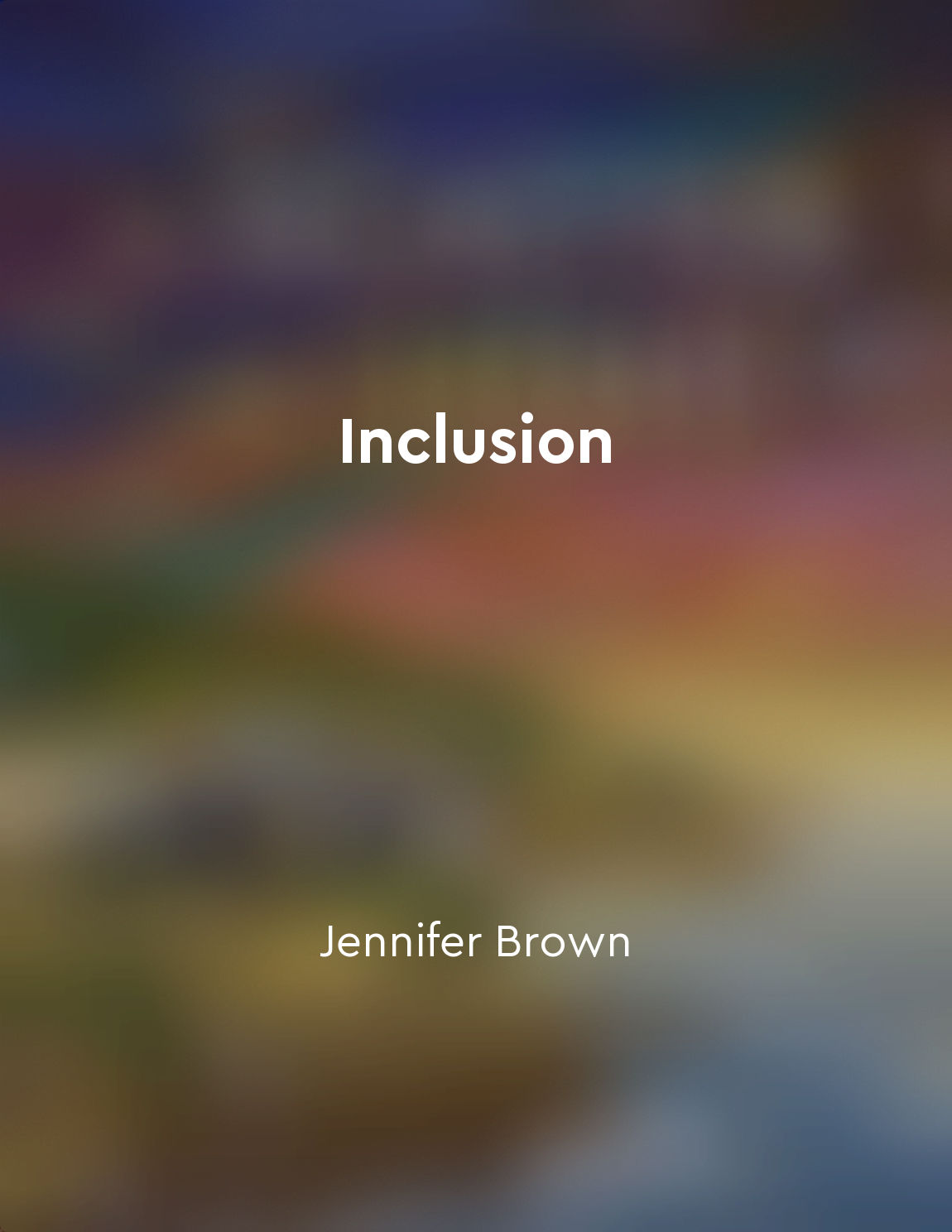Inclusion became a focus in special education from "summary" of History of American Education by David Boers
The shift towards inclusion in special education marked a significant turning point in the field. Instead of isolating students with disabilities in separate classrooms or schools, educators began to recognize the importance of integrating these students into mainstream educational settings. This shift was driven by a growing understanding that all students, regardless of their abilities, should have the opportunity to learn together. Inclusion was not just about physical placement; it also emphasized the need for students with disabilities to be fully involved in all aspects of school life. This meant that they should have access to the same curriculum, extracurricular activities, and social interactions as their non-disabled peers. The goal was to create a more equitable and inclusive learning environment where all students could thrive. One of the key principles of inclusion was the idea of Universal Design for Learning (UDL). This approach emphasized the need for flexible teaching methods and materials that could accommodate the diverse needs of all students. By adopting a UDL framework, educators could better support the learning and development of students with disabilities while also benefiting the entire student body. Inclusion also required a shift in mindset among educators and administrators. Instead of viewing students with disabilities as burdens or liabilities, they were seen as valuable members of the school community who had unique talents and perspectives to contribute. By embracing diversity and fostering a culture of acceptance, schools could create a more positive and inclusive learning environment for all students.- The focus on inclusion in special education represented a fundamental shift towards a more equitable and inclusive education system. By recognizing the value of all students and promoting a culture of acceptance and support, schools could better meet the diverse needs of their student populations. Inclusion was not just a policy or practice; it was a reflection of a broader commitment to equity, diversity, and social justice in education.
Similar Posts
Writing skills should be cultivated early on
It is widely recognized that the ability to write effectively is a crucial skill that individuals need in order to succeed in b...
Recognizing the impact of emotions on learning
Emotions play a significant role in the learning process. When we feel positive emotions such as curiosity, excitement, or pass...
Stay true to your values even in the face of adversity
Ratan Tata emphasizes the importance of staying true to one's values, especially when facing challenges. He believes that it is...
Incorporate critical thinking into writing exercises
Critical thinking is a crucial skill that students need to develop in order to engage with complex texts and ideas. One way to ...
Integrating technology for performance analysis and feedback
The use of technology in physical education has revolutionized the way performance analysis and feedback are conducted. With ad...
Embracing diversity in education leads to richer learning environments
In education, diversity is a vital element that should be embraced to create richer learning environments. When students from v...
Cultivating metacognition in students
The process of cultivating metacognition in students involves helping them develop awareness and control over their thinking pr...

Value individual perspectives
Valuing individual perspectives is a critical component of creating an inclusive environment. When we take the time to truly li...
Embracing diversity and inclusivity
The notion of embracing diversity and inclusivity is integral to fostering a positive learning environment. It involves recogni...

